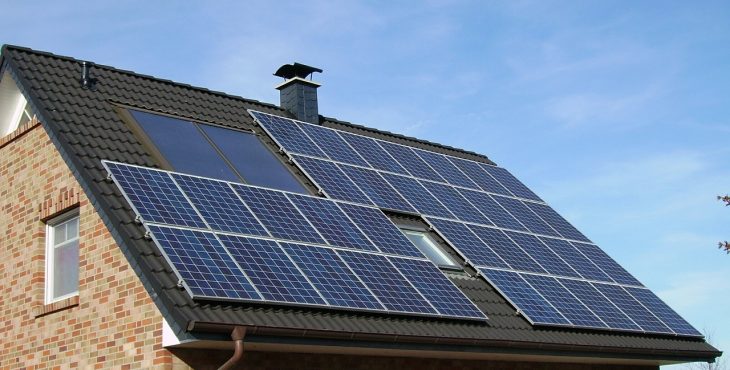Professor Hongjie Dai and doctoral candidate Michael Angell from Stanford University in California developed a nonflammable, low-cost, high-performance aluminum-ion battery that could provide an inexpensive storage solution for solar power or other forms of renewable energy for consumption during off hours. The battery’s main ingredient is urea (a material that is already industrially produced by the ton for plant fertilizers). It also contains electrodes made from aluminum and graphite.
“So essentially, what you have is a battery made with some of the cheapest and most abundant materials you can find on Earth. And it actually has good performance,” said Dai. “Who would have thought you could take graphite, aluminum, urea, and actually make a battery that can cycle for a pretty long time?”
In 2015, Dai’s lab was the first to make a rechargeable aluminum battery, which charged in less than a minute and lasted thousands of charge-discharge cycles. The lab collaborated with Taiwan’s Industrial Technology Research Institute (ITRI) to power a motorbike with this older version, earning Dai’s group and ITRI a 2016 R&D 100 Award. However, that version of the battery had one major drawback: it involved an expensive electrolyte.
The newest version includes a urea-based electrolyte and is about 100 times cheaper than the 2015 model, with higher efficiency and a charging time of 45 minutes. It’s the first time urea has been used in a battery. According to Dai, the cost difference between the two batteries is “like night and day.”The team recently reported its work in Proceedings of the National Academy of Sciences.
Renewable Energy Storage
Unlike energy derived from fossil fuels, solar energy can only be harnessed when the sun is shining. The solar panel pumps energy into an electrical grid during daylight hours. If that energy isn’t consumed right away, it is lost as heat. As the demand for renewable technologies grows, so does the need for cheap, efficient batteries to store the energy for release at night. Existing batteries, like lithium-ion or lead acid batteries, are costly and have limited lifespans.
Dai and Angell’s battery was designed to provide a solution to the grid’s storage problem. According to Angell, grid storage is the most realistic goal, because of the battery’s low cost, high efficiency and long cycle life. One kind of efficiency, called Coulombic efficiency, is a measurement of how much charge exits the battery per unit of charge that it takes in during charging. The Coulombic efficiency for this battery is high — 99.7%.
Furthermore, lithium-ion batteries commonly found in small electronics and other devices can be flammable. By contrast, Dai’s urea battery is not flammable and therefore less risky.
To meet the demands of grid storage, a commercial battery will need to last at least ten years. By investigating the chemical processes inside the battery, Angell hopes to extend its lifetime. The outlook is promising. In the lab, these urea-based aluminum ion batteries can go through about 1,500 charge cycles with a 45-minute charging time.
According to Dai, there is plenty of demand for a grid-suitable battery; he receives numerous emails from firms or individuals interested in developing aluminum batteries. And with the battery now in development, its success rests on the interest of companies and consumers. “With this battery, the dream is for solar energy to be stored in every building and every home,” Dai said. “Maybe it will change everyday life. We don’t know.”
The group has licensed the battery patents to AB Systems, founded by Dai. A commercial version of the battery is currently in development.

